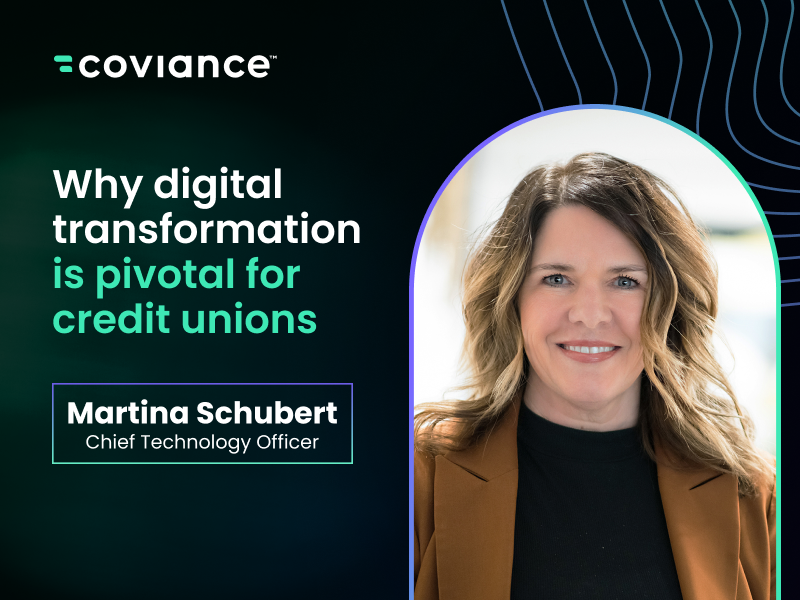A Cautionary Tale from 1993
Remember catalogs? Like the gigantic one from Sears that used to show up in the mail with more than 1,000 pages of household goods galore?

.png)
Remember catalogs? Like the gigantic one from Sears that used to show up in the mail with more than 1,000 pages of household goods galore? The Sears catalog started appearing in American homes in the 1880s and quickly became a mail-order institution. But in 1993, as Sears was losing its crown of the everything store to Walmart, the company announced it was putting an end to the infamous catalog. It was a cost-cutting measure that, at the time, Sears said would allow the company to focus its resources on in-store operations. Little did Sears know, a thing called the Internet was about to jostle its competitive position to a far greater degree than megastores and deep discounts. Quite ironically, through its catalog operations, Sears had most of the infrastructure in place to make an early move into e-commerce. It had the ability to receive orders from across the country and fulfill them through a national network of warehouses and the U.S. Postal Service.Amazon shipped its first book just two years later in 1995.
Don't Become the Sears of the Financial Industry
Is it possible your credit union or bank could be headed for similar fate? Is a “Sears-like mentality preventing you from seeing how, with a few small tweaks, the thing that makes you special could, in fact, make you dominant? Heres how you may be able to tell: Do your leaders frequently say any of the following? “We’ve always done it this way.” 2020 confirmed it – this phrase has to be removed entirely from the financial services lexicon. Failing to imagine and act on a vision of the future is a surefire ticket to Searsville. Coffee and donuts in the lobby are nice touches, but they aren't the defining features of the modern customer experience. Speed and convenience are todays imperatives.
"We don’t have the budget to invest in technology.” It's important to examine if questions of budget are a matter of resources or priority. At some point, every budget – large or small will experience constraint. You can't afford everything, but you can afford anything that's a priority. Acquiring the right technology, solutions that will open new markets or accelerate digital transformation, should be viewed as more than an expense. It's an investment in remaining competitive, relevant and well-positioned for the future.“Fintech partnerships are too risky.” If the perceived risk of partnering with a fintech is an obstacle to modernization, I pose this question: Who is better equipped to analyze risk than a financial institution? You are literally in the calculated-risk business. In the course of any credit union or banks due diligence, you’ll find that good fintech partners take security and compliance very seriously. They have likely anticipated and solved for most all concerns. However, if you bring a new or unique issue to their attention, I bet you’ll be met with enthusiastic and creative problem-solving. And remember, there's very real opportunity risk to failing to evolve. There's risk to your reputation, your competitive position and your ability to grow. Approach fintech partnerships as an opportunity to hedge against these very real, fairly dangerous risks with sound partners that are equally invested in your safeguarding and advancement. Like Rome, Sears didn’t fall in a day. But, its leaders made critical errors along the way, including lacking imagination and gumption to evolve for the future. Continuing to cut costs when competitors were doubling down on technology and process investments was the mistake heard ‘round the world of commerce. A strategic partner like LenderClose will always remain focused on where the financial services industry is headed and deliver the innovative, top-quality products to get you there.



.svg)


.png)


.png)





.png)





